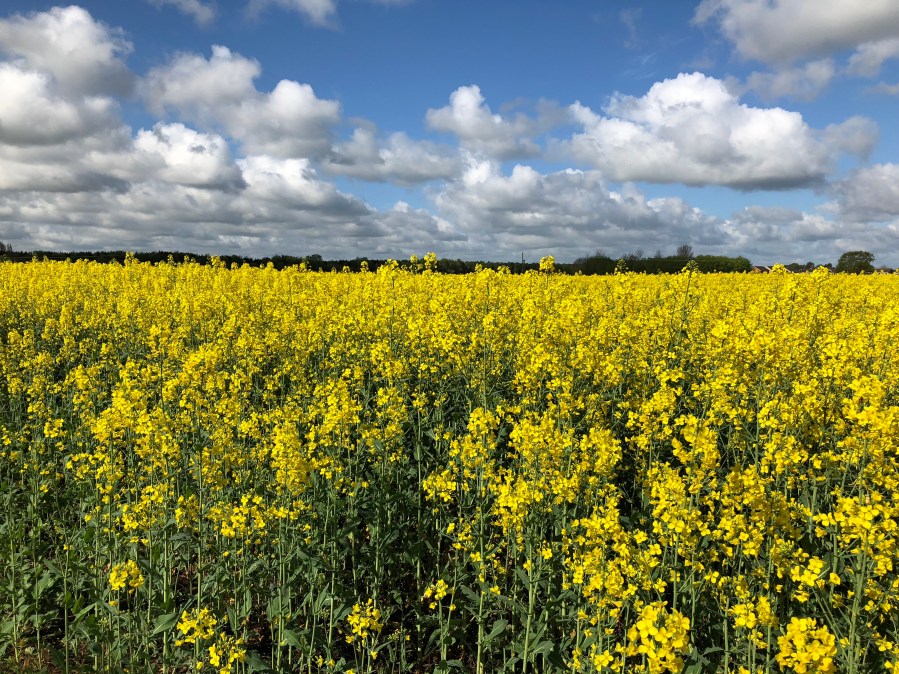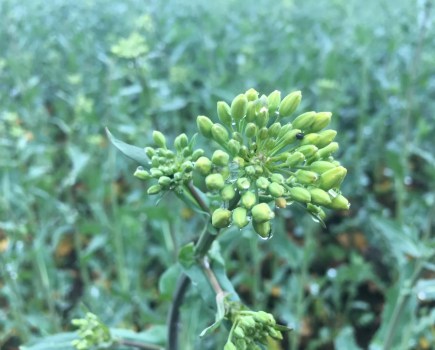The recent high temperatures across the UK caused large scale pollen beetle migrations and the majority of crops are now in flower. This season the crop has stayed one step ahead of the migration and a spray was unlikely to be required.
However, with optimum conditions for pollen beetle migration in the south east and good conditions elsewhere, backwards crops not yet in flower will still be at risk of pollen beetle damage. Rothamsted researcher Sam Cook, says this season has been unusual for pollen beetle, but growers should remain vigilant and continue to monitor migration in their area using the Bayer pollen beetle predictor, until crops are in flower.
“With most of the country coming into flower the ‘worst is over’ for many growers, unless they have any backwards crops not yet flowering. The quick blast of heat induced large migrations, so rather than a gradual build-up of pollen beetle numbers, movement into the crop occurred over a very short period.
“We are now seeing significant numbers of parasitic wasps, a natural predator of pollen beetle larvae, moving into the crop, which will help manage populations in the longer term, so it is really important to only use a spray treatment if it is absolutely necessary.”
If insecticides are required, the extra timing flexibility of biscaya (thiacloprid) could be a useful option for uneven crops impacted by pigeons or the ‘Beast from the East’, suggests Neil Thompson, marketing manager for the Bayer product.
“Where crops are uneven, biscaya’s label allows for treatment when some very early flowering has already begun, which could help protect crops at different growth stages. An insecticide treatment for pollen beetle should never be used unless thresholds are exceeded.”
Revised thresholds for winter and spring oilseed rape are: (Source: HGCA Information Sheet 18/Spring 2013 ‘Monitoring and control of pollen beetle in oilseed rape’)

For more, see Bayer’s Pollen Beetle Predictor.




